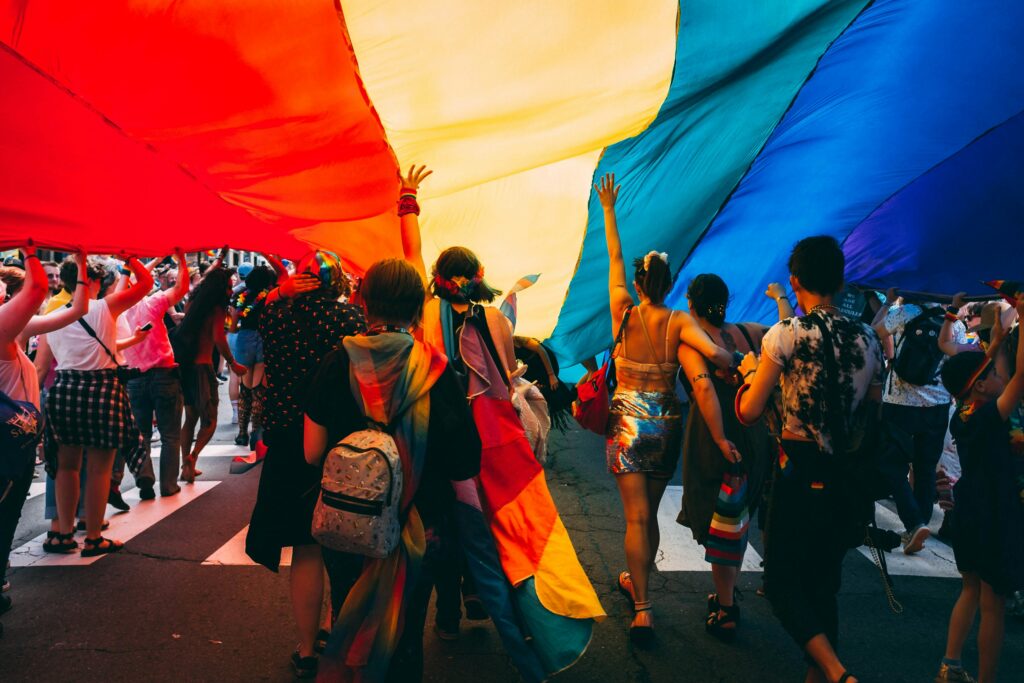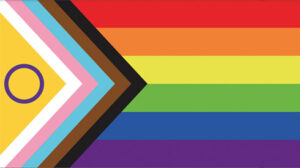Rainbow flags fill neighborhoods every June, brands update their logos, and communities host parades celebrating LGBTQIA+ Pride Month. It’s a time to honor the resilience, history, and identity of LGBTQIA+ individuals. But once the month ends, much of the visibility and support tends to disappear, leaving many LGBTQIA+ people feeling forgotten or unseen for the rest of the year.
While June is an important and influential month for visibility, Pride should not be confined to a single month. LGBTQIA+ people exist, thrive, and struggle every day of the year—and so should the efforts to support and affirm them. Mental health research and clinical practice underscore the importance of creating consistent, inclusive, and affirming spaces year-round.
Here’s why celebrating Pride in every month, not just June, is affirming and vital for mental health, emotional safety, and community well-being.
LGBTQIA+ Identity Is Lived Year-Round
Being LGBTQIA+ is not a seasonal experience. Pride Month may provide a special spotlight, but LGBTQIA+ individuals navigate the world through their identities every day—in relationships, school, work, healthcare, and family life. Support that’s only offered once a year can feel conditional or performative, reinforcing the message that LGBTQIA+ people are only valued when it’s convenient or publicly celebrated.
Creating affirming environments throughout the year helps reduce the mental load of constantly assessing for safety and acceptance. Every day, visibility and support remind LGBTQIA+ individuals that they don’t have to hide or suppress who they are to be welcomed and cared for.
Consistent Support Protects Mental Health
Decades of research show that LGBTQIA+ individuals are at higher risk for mental health challenges, including depression, anxiety, and suicidality. These disparities are not inherent to being LGBTQIA+—they are the result of societal stigma, discrimination, and lack of support.
Affirming environments are a protective factor. When LGBTQIA+ people feel seen, accepted, and supported, their risk for mental health issues significantly decreases. When families, schools, healthcare providers, and workplaces commit to inclusion every day of the year, they actively contribute to emotional resilience and long-term mental wellness.
Coming Out Is a Lifelong Process
Coming out is often portrayed as a one-time event, but it’s a continuous process. LGBTQIA+ individuals may need to come out many times throughout their lives—to new friends, employers, doctors, or extended family. And for some, coming out in specific environments may not feel safe.
If LGBTQIA+ visibility and support are only emphasized in June, individuals may feel pressure to come out before they’re ready or safe. Ongoing cultural support removes that pressure and creates a baseline of acceptance that can make the coming out feel less risky and more empowering, whenever it happens.

Allyship Is a Practice, Not a Performance
True allyship is not something that turns on in June and disappears in July. It requires consistent, intentional action—listening, learning, speaking up, making changes, and creating space for LGBTQIA+ voices and experiences.
Year-round allyship can look like:
- Using correct pronouns and inclusive language
- Interrupting anti-LGBTQIA+ comments or jokes
- Making sure forms, policies, and classrooms reflect all identities
- Supporting queer-owned businesses and creators
- Educating oneself without relying solely on LGBTQIA+ people to explain everything
Small daily choices can make a significant and lasting impact. When allyship is woven into daily life, it becomes a culture, not just a campaign.
Visibility Reduces Shame and Isolation
Many LGBTQIA+ people grow up without seeing themselves reflected in the world around them. Whether through media, education, or family messages, this lack of representation can contribute to shame, confusion, or a sense of invisibility.
That’s why visibility matters—and not just once a year. When LGBTQIA+ people of all ages see themselves reflected in stories, conversations, communities, and leadership roles, it challenges the idea that their identity is something to be hidden or tolerated. Instead, it affirms their existence is every day, valid, and celebrated.
Queer Joy Is Healing
Much of the conversation around LGBTQIA+ issues centers rightfully on pain, bullying, trauma, discrimination, and loss. But it’s equally essential to center queer joy, creativity, and love. Celebrating milestones, affirming relationships, and highlighting LGBTQIA+ achievements are crucial ways to reinforce the message that joy, connection, and thriving are possible.
For LGBTQIA+ youth, seeing adults and peers experience joy in their identity can foster hope and pride. These positive representations counter the negative messages they may encounter elsewhere.
Pride Is Rooted in Resistance and Ongoing Change
Pride began not as a parade, but as a protest. The Stonewall Uprising in 1969 was a resistance movement against police violence, led mainly by transgender women and queer people of color. Pride is not just about celebration—it’s about fighting for justice, safety, and equity.
The issues that led to Pride’s creation—discrimination, violence, lack of legal protections—persist today. LGBTQIA+ people, especially transgender individuals and youth, continue to face political attacks, harmful legislation, and systemic barriers to healthcare, employment, and housing.
Celebrating Pride all year long includes staying informed, taking action, and advocating for policy and cultural changes that protect and uplift LGBTQIA+ communities.
How to Practice Year-Round Pride
Anyone—whether LGBTQIA+ or an ally—can take part in making Pride a year-round practice.
Here are a few ways to begin:
- In schools: Incorporate LGBTQIA+ history and literature across subjects, not just in June.
- In families: Create space for open conversations about gender and sexuality. Let children know they are loved no matter how they identify.
- In workplaces: Ensure policies are inclusive. Offer training and benefits that support LGBTQIA+ employees and their families.
- In mental health and healthcare settings: use inclusive intake forms, pursue ongoing education, and display signs of safety, such as rainbow or trans flags.
- In daily life: Diversify the voices you follow. Support LGBTQIA+ artists, educators, and leaders. Speak up when something feels wrong.
LGBTQIA+ identities are not seasonal, and neither is the need for safety, affirmation, and belonging. Pride is more than a celebration—it’s a call to recognize the dignity, worth, and humanity of all people every day of the year.
Whether someone identifies as LGBTQIA+ or is a supportive ally, the message is clear: the work doesn’t end in June, and the joy doesn’t have to, either.
Awakened Path Counseling’s Commitment to LGBTQIA+ Affirmation
At Awakened Path Counseling, we are dedicated to creating a safe, affirming space for LGBTQIA+ individuals and their loved ones—not just in June, but every day of the year. Our clinicians are trained in inclusive, trauma-informed care and are committed to honoring each client’s unique identity and lived experience. Whether exploring your identity, navigating family dynamics, or seeking support as an ally, we’re here to walk alongside you with compassion, curiosity, and respect. Pride is not just a moment—it’s a value we uphold in our practice, relationships, and mission.


